In recent years, the popularity of synthetic diamonds has soared, and it’s important to explore the reasons behind this trend. Is it primarily due to the environmental impact of diamond mining, or is it simply because synthetic diamonds are more budget-friendly?
In this exploration, we will delve deep into the cost of producing synthetic diamonds and determine if they offer good value for your money. While it’s widely known that synthetic diamonds are an eco-friendly alternative to mined diamonds, there may be other factors driving their popularity.
One significant aspect is the affordability of synthetic diamonds compared to natural ones. However, we need to uncover what factors contribute to their lower cost and assess whether they retain their value over time.
Through our journey, we will aim to answer these questions and unravel the mysteries surrounding lab-grown gems. So, get ready as we embark on this exploration to gain a deeper understanding of the allure of synthetic diamonds.
DESIGN YOUR OWN ENGAGEMENT RING: START WITH A SETTING OR START WITH A DIAMOND. IT’S REALLY UP TO YOU!
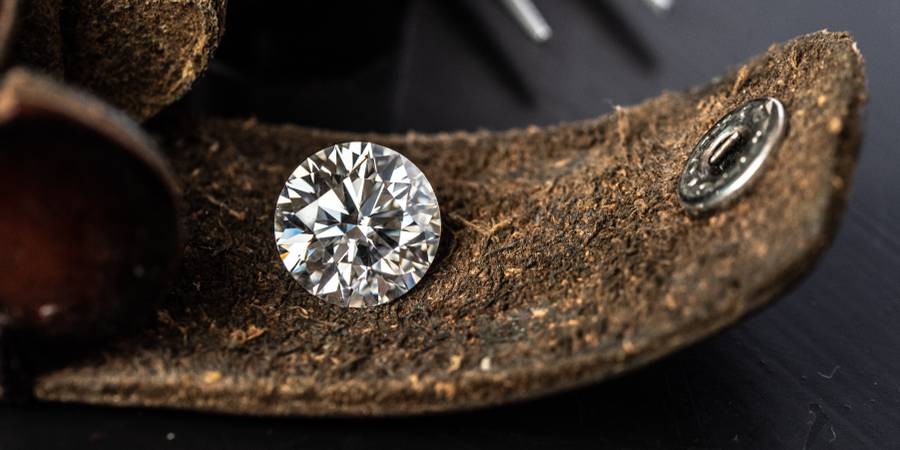
What Is A Synthetic Diamond?
According to the Gemological Institute of America (GIA):
Synthetic diamonds, also known as man-made, laboratory-created, laboratory-grown, artisan-created, or cultured diamonds, are diamonds produced through controlled technological processes.
It would be scientifically incorrect to say that synthetic diamonds are not real diamonds. Unlike diamond simulants, which are imitations made of non-diamond materials that resemble diamonds superficially, synthetic diamonds possess the exact same properties as natural diamonds.
The key distinction lies in their origin: natural diamonds are mined from the Earth’s mantle, approximately 100 miles beneath the surface, while synthetic diamonds are created in a laboratory.
Since the late 19th century, scientists have been exploring methods to transform inexpensive forms of carbon into diamonds for industrial purposes. This development led to a wide range of applications for synthetic diamonds, particularly in the production of tools for cutting and drilling hard materials.
As technology advanced, the production of lab-grown diamonds became more refined, giving rise to a new market. People worldwide began to explore jewelry options featuring more affordable and environmentally friendly diamonds.
However, despite the market demand for synthetic diamonds existing for over a century, it is only in recent times that we have achieved the capability to consistently produce gem-quality stones in the laboratory.
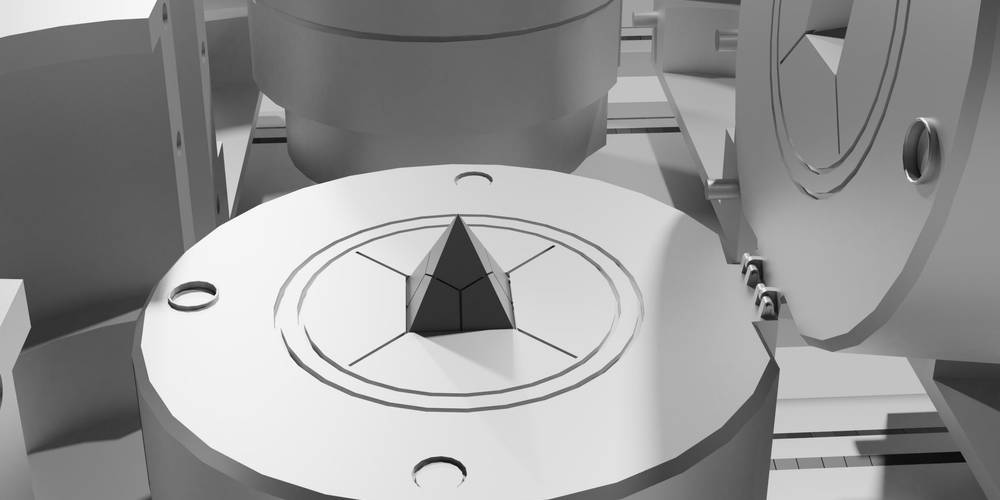
Production Process For Synthetic Diamonds
There are two primary methods for cultivating diamonds in a laboratory, both of which involve commencing with a thin slice of another diamond.
The first method is known as the HPHT System (High Pressure High Temperature). It entails placing the diamond slice, enclosed by a pure graphite carbon coating, inside a chamber. The chamber is then heated to around 2800 °F while being subjected to an extreme pressure of 1.5 million pounds per square inch.
The second method, called the CVD method (Chemical Vapor Deposition), is more recent. It involves placing the flat diamond slice in a chamber filled with a gas rich in carbon. The chamber is heated to 1500 °F. Under these conditions, the carbon-rich gases start to adhere to the slice, gradually building up the newly formed diamond, one carbon atom at a time.
Essentially, synthetic diamonds are created using the same principles of extreme pressure and heat as natural diamonds. The difference lies in the fact that synthetic diamonds are produced within a controlled laboratory environment, as opposed to the natural processes that take billions of years within the Earth’s mantle.
Technology is continually advancing at a rapid pace, and diamond-growing laboratories are no exception. In recent years, companies have been in a race to cultivate high-quality diamonds faster and more affordably than their competitors.
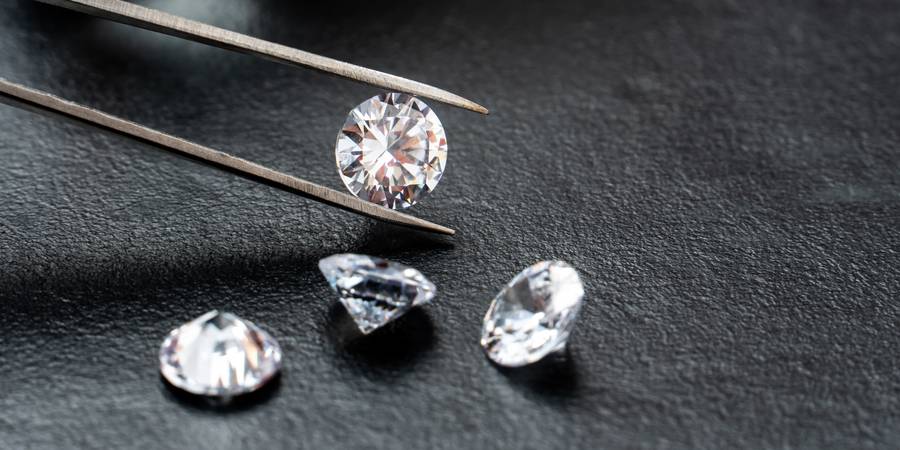
Cost Of Production Of Synthetic Diamonds
Estimating the exact production cost of synthetic diamonds per carat is challenging, even for the companies involved in their creation.
So, what is the cost of manufacturing a synthetic diamond? Providing an exact answer to that question is not possible. However, we can inform you about the current market prices of synthetic diamonds.
The production cost depends on various factors, just like the price of the final product. Factors such as cut, clarity, and carat weight play a significant role in price calculations.
When discussing both synthetic and natural diamonds, they are assessed using the clarity chart. The clarity chart is a qualitative measure that assesses the visual appearance of diamonds, whether natural or lab-grown. Each diamond is placed at a particular point on the clarity chart, and higher rankings indicate greater value.
If you wish to learn more about diamond clarity or determine where your diamond stands on the clarity chart, we strongly recommend reading the article provided in this link.
Considering the numerous factors involved, determining a unified price for all synthetic diamonds is not straightforward. Many synthetic diamonds are created for specific purposes and possess distinct characteristics.
However, if you are seeking rough estimates, the price of CVD lab-grown diamonds can range from as low as $300 to $500 per carat, as reported by the Antwerp World Diamond Centre, compared to $4,000 per carat in 2008.
What does this imply? Well, it suggests the possibility of synthetic diamonds becoming increasingly affordable until they reach a market low, and from there, anything can happen.
The decline in prices should not come as a surprise, given the growing demand and the availability of more affordable tools and equipment, which naturally attracts more companies to enter the diamond-growing industry.
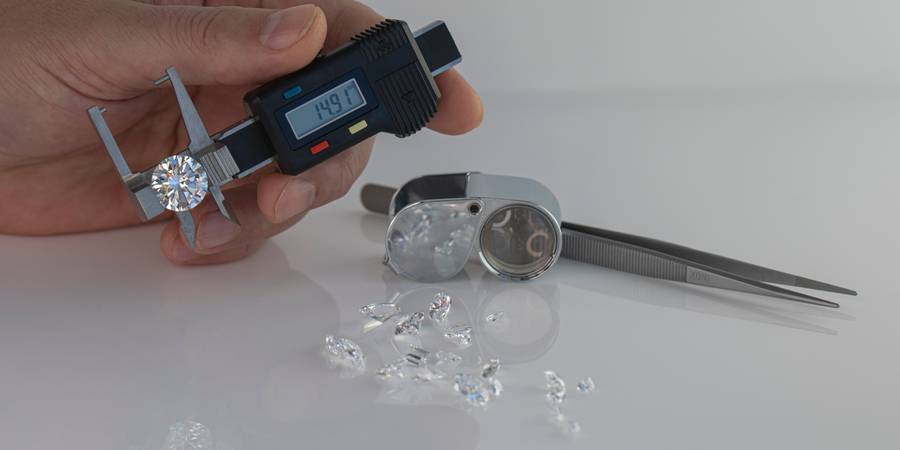
How Different Are Synthetic Diamonds And Natural Ones?
As previously mentioned, synthetic diamonds are physically, atomically, and optically identical to natural diamonds. The Federal Trade Commission made a ruling stating that a diamond is a diamond, regardless of whether it is grown in a lab or mined from the ground.
The ruling was based on the fact that it is now possible to create products with the same optical, physical, and chemical properties as mined diamonds, making the term “natural” inaccurate in defining diamonds.
So, the straightforward answer to the question of differences between synthetic and natural diamonds is that there are no differences in any way, except for the method of obtaining them.
However, despite the lack of differences in optical or physical characteristics, there is a noticeable price difference. While natural diamonds can be expensive, with a 1-carat stone costing up to $10,000, synthetic diamonds with the same properties can be found for as low as $500 for a 1-carat stone.
Although natural diamonds are still considered more prestigious by many, it is important not to overlook the negative consequences of diamond mining worldwide. If you want to learn more about the environmental impacts and negative effects of diamond mining, I recommend reading the article titled “What Are Negative Effects of Diamond Mining?”
Another aspect to consider when comparing synthetic diamonds with natural ones is the variety of choices available. Finding a natural diamond of a specific shape or color can be challenging, and the rarer and more exclusive a diamond is, the higher its price. On the other hand, lab-grown diamonds can be produced in almost any shape, form, or color since they are artificially created. This makes unique pieces of various colors more affordable.
Furthermore, when dealing with lab-grown diamonds, it is easier to determine their origin sources. Knowing where your diamond comes from is important as it allows you to choose reputable sources that prioritize fair treatment of workers and communities.
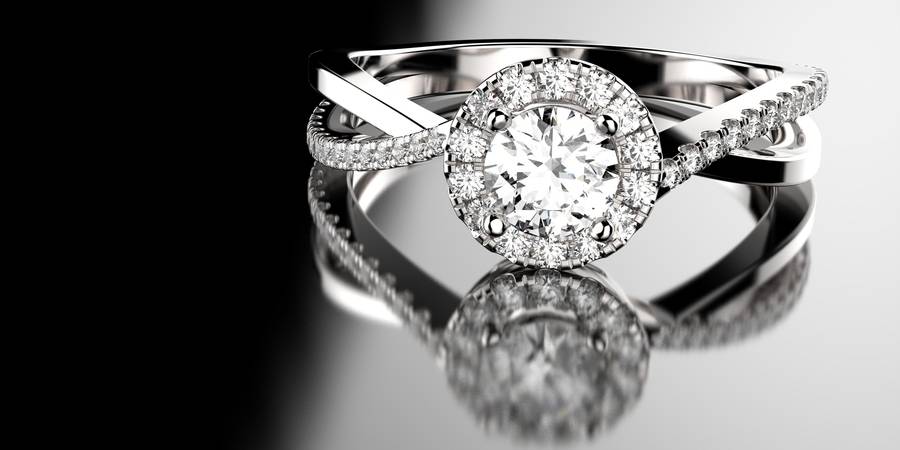
Upsides Of Buying Synthetic Diamonds
In summary, synthetic diamonds offer several advantages that make them a compelling option:
- Environmental Footprint: The environmental impact of synthetic diamonds is significantly lower compared to mined diamonds. The amount of earth shifted for mining is substantial, whereas lab-grown diamonds require much less resources. They also release fewer carbon emissions into the atmosphere.
- Cost-Effectiveness: Synthetic diamonds are more affordable than their natural counterparts. With prices as low as $300 per carat, they provide a cost-effective alternative for those seeking diamond-like beauty without the high price tag.
- Superior Quality: Lab-created diamonds often boast higher quality than natural diamonds. The controlled production environment ensures consistency and precision, resulting in well-crafted stones. Additionally, the variety of choices available is greater since unique colors and shapes can be easily created in the lab.
Considering these factors, synthetic diamonds present a compelling option for individuals seeking an environmentally conscious, cost-effective, and high-quality alternative to natural diamonds.
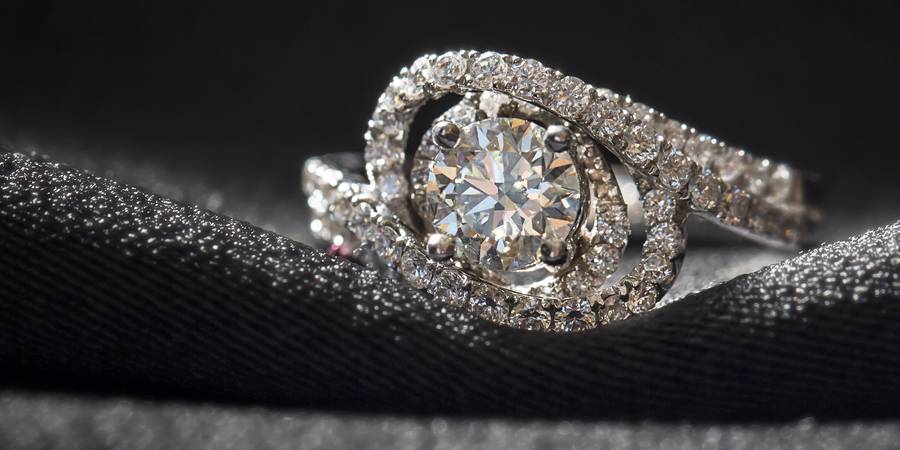
Downsides Of Buying Synthetic Diamonds
While lab-grown diamonds offer many advantages, it’s important to consider the disadvantages when comparing them to natural diamonds. Some of the notable drawbacks include:
- Rarity: Synthetic diamonds are produced in a controlled environment, making mass production a possibility. This means that lab-grown diamonds lack the unique and rare qualities found in naturally mined diamonds. For individuals who value the exclusivity and one-of-a-kind nature of diamonds, this may be a significant downside.
- Value: The long-term value of synthetic diamonds is still uncertain. As the market for lab-grown diamonds expands and new production methods emerge, the value of previously purchased synthetic diamonds may be affected. It is difficult to predict the future value of lab-grown diamonds, which raises questions about their resale value. On the other hand, natural diamonds have historically demonstrated consistent and sometimes increased value over time, making them a potentially more reliable investment.
It’s essential to weigh these factors when considering lab-grown diamonds, as they may impact personal preferences, sentimental value, and potential investment considerations.
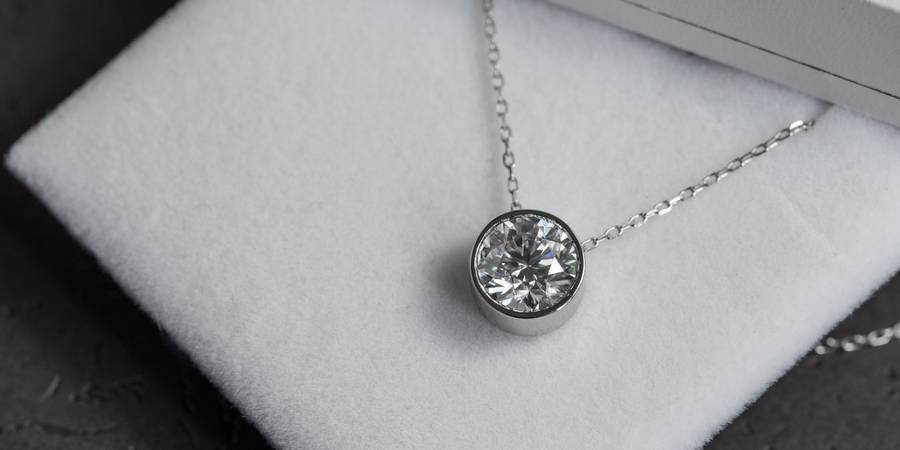
Conclusion
Are you still curious about synthetic diamonds? Well, let me tell you, they are the real deal and they are gaining significant market share in the diamond industry.
The appeal of synthetic diamonds lies in their affordability compared to naturally formed diamonds and their more environmentally friendly production methods.
Many believe that lab-grown diamonds represent the future of the diamond industry, although only time will reveal their long-term success in such a competitive market.
Increasingly, reputable jewelers are embracing these man-made diamonds as an alternative to naturally sourced ones due to their lower price and superior quality.
So, how much does it actually cost to produce a synthetic diamond?
The simple answer is significantly less than a natural diamond. Lab-grown diamonds can be found for as low as $300 per carat and have up to 90% less environmental impact.
The main drawback of synthetic diamonds is their price volatility, making it difficult to predict their future value.
However, when it comes to jewelry, whether it’s lab-grown or mined, the true essence lies in the emotional value it holds, not just in the price or rarity. That sentimental connection is what lasts forever.


